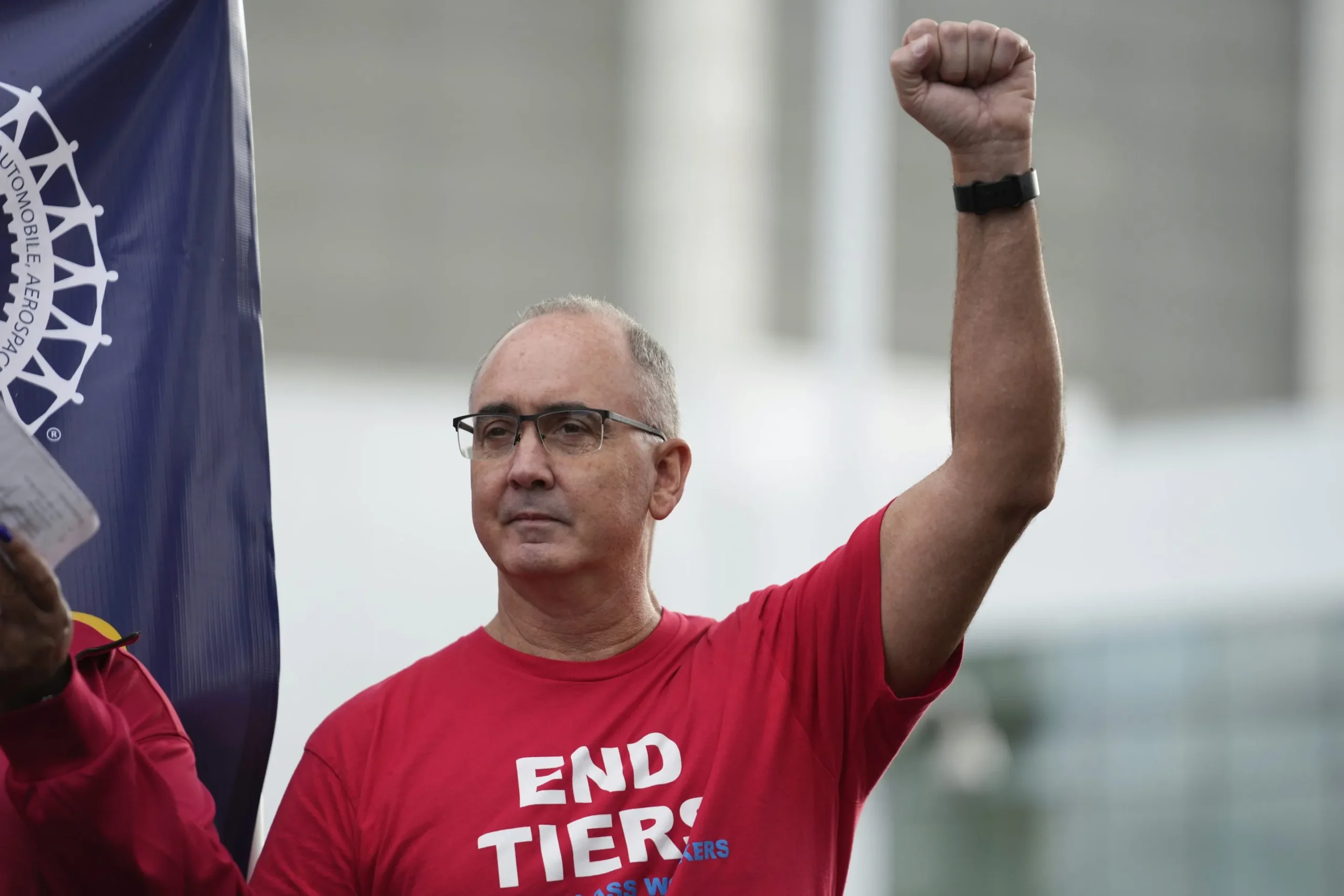In a significant development, Ford Motor Company and the United Auto Workers (UAW) have struck a tentative labor deal, potentially putting an end to a six-week strike that has captivated the nation. As the UAW continues negotiations with General Motors and Stellantis, this breakthrough represents a critical step toward resolving the ongoing labor dispute.
The Terms Unveiled
This tentative labor agreement, pending a crucial member vote, introduces several substantial changes set to impact Ford’s workforce and labor relations within the automotive industry. The standout feature is a remarkable 25% wage increase over the contract’s duration, including an impressive 11% boost in the very first year. Chuck Browning, the UAW’s lead negotiator with Ford, confirmed these figures, indicating that assembly workers’ top wages could rise to approximately $40 per hour over four years.
Another pivotal element is the reinstatement of cost-of-living adjustments, dormant since 2009, ensuring that wages stay in sync with the rising cost of living. Additionally, the agreement grants workers the right to strike in response to plant closures, offering crucial job security.
Furthermore, the contract significantly accelerates the time it takes for new hires to reach the top wage. In the previous agreement, it took eight years for new employees to attain maximum wages. Under this new deal, that time frame is reduced to just three years, leading to more rapid income growth for newer hires.

A Triumph for the UAW
UAW President Shawn Fain expressed his satisfaction with the outcome, declaring, “We told Ford to step up, and they did. We achieved what many thought was impossible.” Ford’s Chief Executive, Jim Farley, also expressed the company’s delight in reaching a tentative agreement, emphasizing the importance of getting people back to work. Housing Market in Turmoil: Mortgage Rates Surge, Approaching 8%
This potential agreement, if approved by the workers, marks a historic achievement for the UAW, representing the most significant contract gains in decades and marking the resolution of Ford’s first national strike in over 40 years, encompassing a workforce of 57,000 UAW-represented workers at Ford’s U.S. operations.
Implications for GM and Stellantis
Ford’s tentative agreement sets the stage for potential developments at General Motors and Stellantis. Historically, these three automakers have aimed to align their contract terms on key economic issues such as pay, retirement benefits, and health benefits. This practice, known as pattern bargaining, ensures a degree of parity across the industry. However, should GM and Stellantis deviate from this pattern, it could complicate the negotiation process significantly.
GM and Stellantis have already committed to working with the UAW to reach a tentative agreement as swiftly as possible.
The Path Ahead
Before it goes to the members for a vote, the UAW’s Ford council must approve this tentative pact. In the meantime, union leaders have called upon striking Ford workers to return to their jobs, maintaining pressure on Stellantis and GM. Chuck Browning emphasized, “The last thing they want is for Ford to return to full capacity while they lag behind.”
Ford has described its offer to the union as the most generous in its history, with record wage increases, improved retirement benefits, and terms for temporary workers. However, the company has cautioned that significantly higher labor costs may impede its ability to compete with rivals employing non-unionized workforces.

Industry-Wide Implications
Investors and analysts are closely monitoring these negotiations, assessing the potential costs of the new contracts for the three automakers. GM, Ford, and Stellantis already grapple with some of the highest labor costs in the U.S. auto industry. Executives argue that these costs put them at a disadvantage compared to competitors with non-unionized factories.
Under the expired contract, Ford’s average hourly labor cost, inclusive of wages and benefits, was about $64 per worker. In contrast, Tesla’s all-in labor cost is estimated at around $45, while foreign automakers average closer to $55 per hour, according to industry analysts.
Shawn Fain, the 54-year-old UAW president, has been a vocal advocate for workers regaining benefits they lost during previous negotiations, especially during the 2007-2009 financial crisis and the GM and Chrysler bankruptcies. Fain’s approach to negotiating with all three companies simultaneously was aimed at expediting the process and putting the companies in competition with each other.






